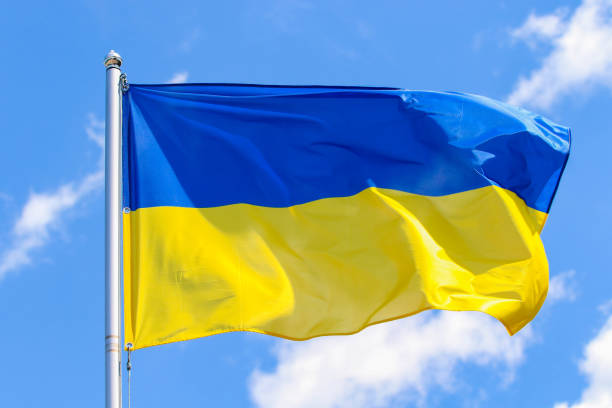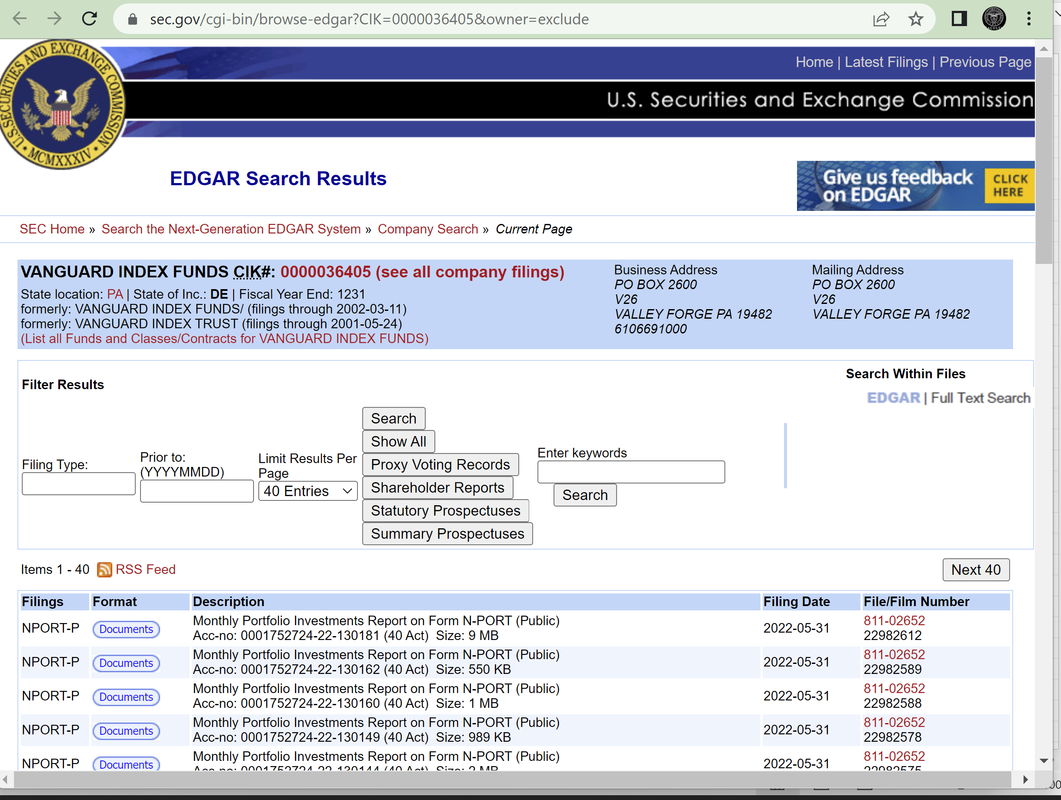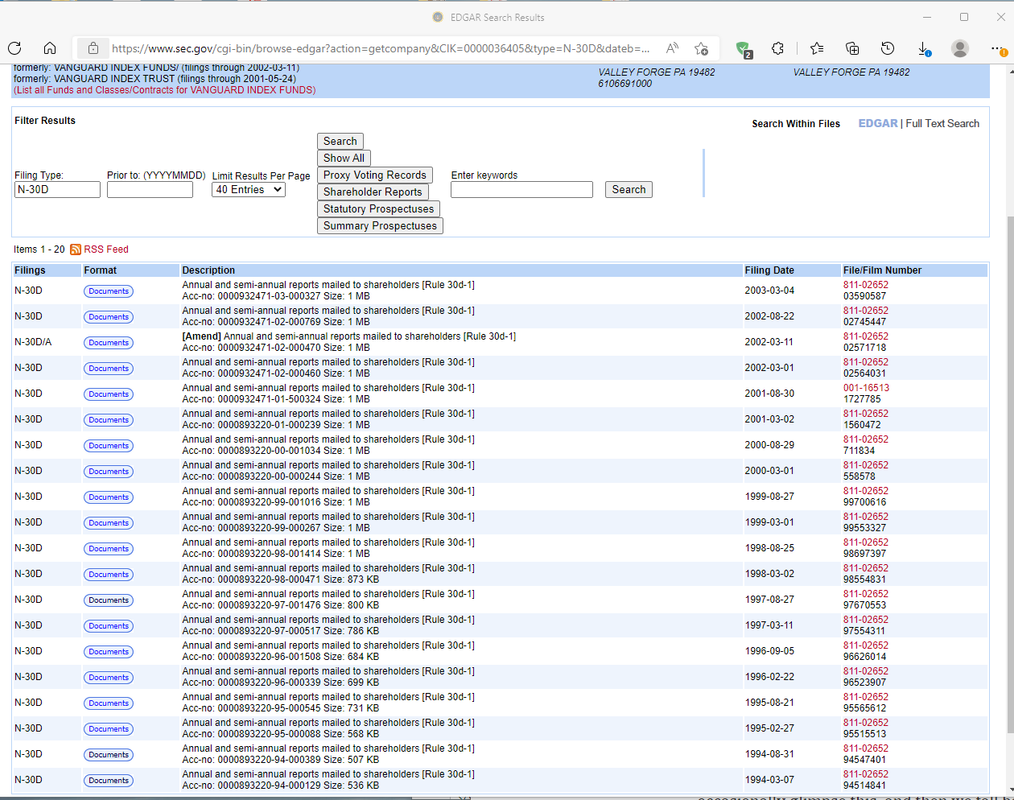It looks like you're new here. If you want to get involved, click one of these buttons!
Funny how the intraday action of one day can set the tone for the weeks to come. Junk has been on a roll and on some days (like on July 5) regardless of negative action in stocks or bonds. We are coming off historic lows in default rates for junk bonds. So unless we are going to get the mother of all recessions with soaring default rates, junk offers a lot of value after its first half decline of 14%. Especially the junkiest of junk the CCC category. Bank loan/floating rate funds too are looking good. My 7% allotment there is now at 28% and increasing (and another 15% in floating rate) and in hindsight wish I had been far more aggressive. But then who knows, maybe yet again just another failed rally. Some pundits out there are saying based on the price action of last Friday and yesterday the stock market bear market is dead and over. We shall see.Howard Marks specializes in distressed debt ala junk bonds, bank loans, etc. Over the past several months I have continually read about how junk bonds offer value from various pundits. All the while it is one new low after another for junk bonds. So much so that the first half decline of 14% was the worst first half decline ever for the junk bond market.
What is particularly ominous is how detached junk bonds have been from equities and Treasuries. Meaning while equities had a vicious bounce a few weeks ago, junk and bank loans just kept making new lows. While Treasuries are having a nice recovery presently still new lows in the risk on credits aka junk and and bank loans. Below is a link to Morgan Stanley’s outlook for junk. Sounds much more objective and reasoned than much of what I have read recently
https://www.zerohedge.com/markets/morgan-stanley-recession-arrives-will-we-see-surge-corporate-defaults
Edit: Obviously as with Treasuries recently, these markets can turn on a dime. And junk bonds are notorious for strong recoveries after bear declines. Coming off the 2008 bear market in
2009 junk had the greatest credit rally of all time rising over 50%.
Edit: Today’s action in junk bonds so far at least so far not as negative as it may appear. Although down, the junk ETFs are still trading well above Friday’s NAV meaning the open end may be up today.
Probably much ado about nothing but have a 7% position in VWEHX and hoping to increase as 7% barely moves the needle. Liked how on Tuesday intraday with the Dow down 600 points the cash junk market was up. First time in many a moon I had seen that type of intraday divergence. Junk had a decent week but 2022 has been a year of fake out rallies so buyer beware.

Please help a dummy. I cant’ understand what is the practical significance of this research. Please show me how one could use this data to compare the 5 year total return of two otherwise similar funds. Or in other words is this data point useful?
And even better the junk bond market has had several days this month of positive divergences with not only stocks but also Treasuries. A first in 2022.Bullish inverse-H&S formation is now seen in major indexes. While there are many estimates of where the markets may bottom, it is good that the mid-June lows have held so far.
https://stockcharts.com/h-perf/ui?s=$SPX&compare=$COMPQ,$INDU,$TRAN,IWM&id=p72077185553






© 2015 Mutual Fund Observer. All rights reserved.
© 2015 Mutual Fund Observer. All rights reserved. Powered by Vanilla